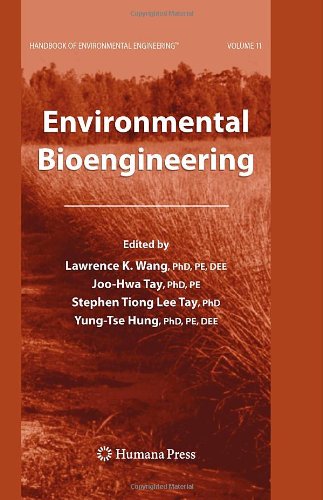

Most ebook files are in PDF format, so you can easily read them using various software such as Foxit Reader or directly on the Google Chrome browser.
Some ebook files are released by publishers in other formats such as .awz, .mobi, .epub, .fb2, etc. You may need to install specific software to read these formats on mobile/PC, such as Calibre.
Please read the tutorial at this link. https://ebooknice.com/page/post?id=faq
We offer FREE conversion to the popular formats you request; however, this may take some time. Therefore, right after payment, please email us, and we will try to provide the service as quickly as possible.
For some exceptional file formats or broken links (if any), please refrain from opening any disputes. Instead, email us first, and we will try to assist within a maximum of 6 hours.
EbookNice Team

Status:
Available4.6
32 reviewsThe impact of pollution on the environment has emerged as a particularly critical area of research in recent years. The Handbook of Environmental Engineering is a collection of methodologies that study the effects of pollution and waste in their three basic forms: gas, solid, and liquid. In this invaluable volume, Volume 11: Environmental Bioengineering, expert researchers explore the engineering applications of biotechnologies.A sister volume to Volume 10, Environmental Biotechnology, this work introduces such essential and varied topics as land disposal of biosolids, heavy metal removal by crops, pre-treatment and bio-treatment of sludge, fermentation of kitchen garbage, phyotoremediation for heavy metal contaminated soils, bioremediation, wetland treatment, biosorption of heavy metals, and rotating biological contactors (RBC) for carbon and nitrogen removal. A critical volume in the Handbook of Environmental Engineering series, chapters employ methods of practical design and calculation illustrated by numerical examples, include pertinent cost data whenever possible, and explore in great detail the fundamental principles of the field.
Comprehensive and groundbreaking, Volume 11: Environmental Bioengineering presents innovative solutions to some of the most recent and significant pollution problems that the world is facing today.